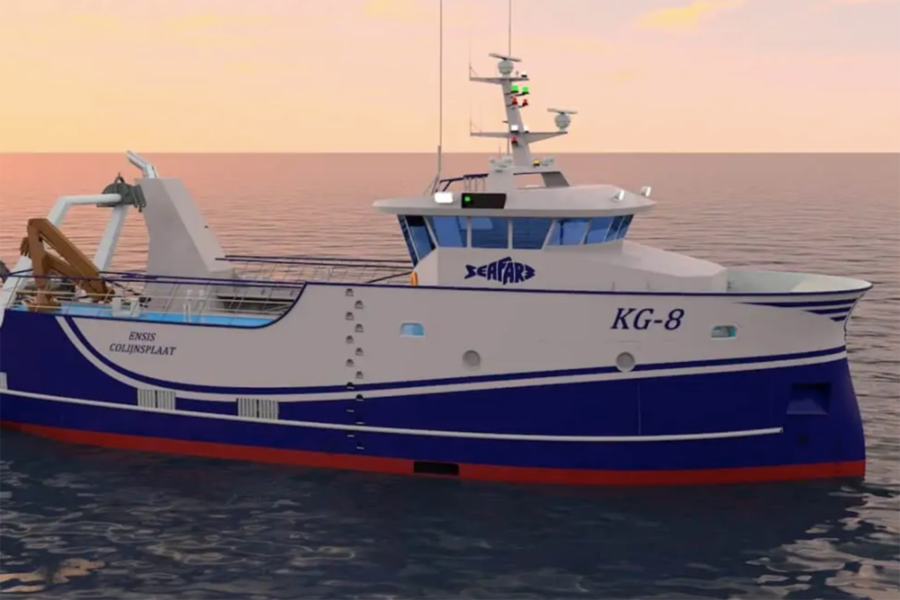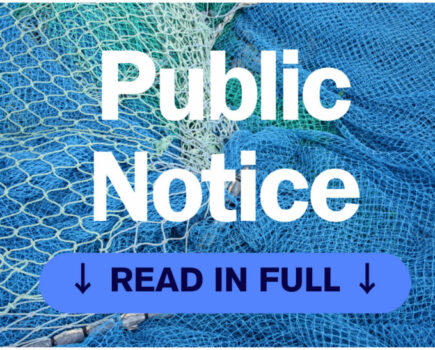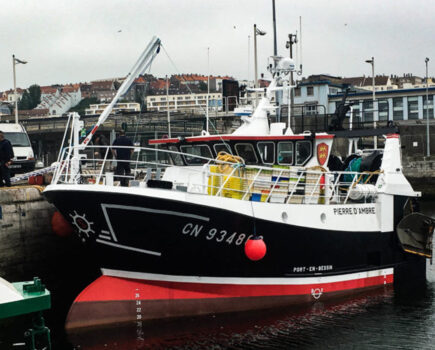Hydrogen and electric power have been confirmed for two innovative new fishing vessels being built in Europe, for very different fisheries, reports Fiskerforum.
Norwegian fishing company Loran is planning to build a revolutionary longliner capable of reducing fossil fuel consumption by 40%. In addition, the new Loran will be prepared for complete zero-emissions operation.
This is an ambitious venture into some very new territory, and the outline is for the new Loran to be powered by two 185kW fuel cells fed with hydrogen from containers onboard, plus a 2,000kWh battery – although conventional diesel engines are still part of the energy package that will be needed to keep the Loran at sea for trips of four to six weeks.
“By being the first out with hydrogen, we hope that the new Loran will be one of the vessels that form the basis for a green shift in fishing.
If we are to build a future-oriented and modern vessel today, we want to ensure that the new-building represents the most modern, efficient and environmentally friendly technology that can be obtained,” said Loran’s general manager Ståle Otto Dyb.
The new Loran will be around 70m in length, larger than a usual longliner, and will have a combination of diesel, battery and hydrogen energy systems.
Inge Bertil Straume at naval architect Skipsteknisk, which is behind the design of the new Loran, with support from Innovation Norway, explained: “The gas tanks are located behind the wheelhouse, and this is currently envisaged as a pressure-based hydrogen system. If it turns out to be more convenient to use liquid hydrogen, or another fuel such as ammonia, then it will be possible to do so with minor adjustments.
“This is a development project on which, among other things, we are collaborating with the Norwegian Maritime Directorate on safety and regulations.”
The design focuses on energy efficiency, heat recovery and the possibility of a zero-emissions operation when running on hydrogen, which should also lead to cost reductions. The development work on this design is expected to benefit other vessels in future.
For Enova, which is backing the project with financial support, the most important consideration is to demonstrate the use of hydrogen in an ocean-going fishing vessel.
“Even though the project will not give zero emissions, Enova still considers it a first important step on the road, to demonstrate the use of hydrogen and fuel cells in vessels,” said Enova CEO Nils Kristian Nakstad.
Meanwhile, in the Netherlands, Dutch shellfish company Seafarm has placed an order with the Padmos yard in Stellendam for a new razorfish dredge vessel, aiming to land catches with minimal emissions associated with the catching process.
The new 25m boat will include electric propulsion and scrubbing of exhaust gases, as well as an airlift system instead of the traditional suction dredge method to reduce the power needed to bring the shellfish onboard.
This is expected to result in significant energy savings, as well as less breakage of razor clams during fishing, and catches that can easily be rendered sand-free.
This story was taken from the latest issue of Fishing News. For more up-to-date and in-depth reports on the UK and Irish commercial fishing sector, subscribe to Fishing News here or buy the latest single issue for just £3.30 here. Image credit: Odd Kristian Dahle/Fiskebåt








